Our restoration stories
Engine rework
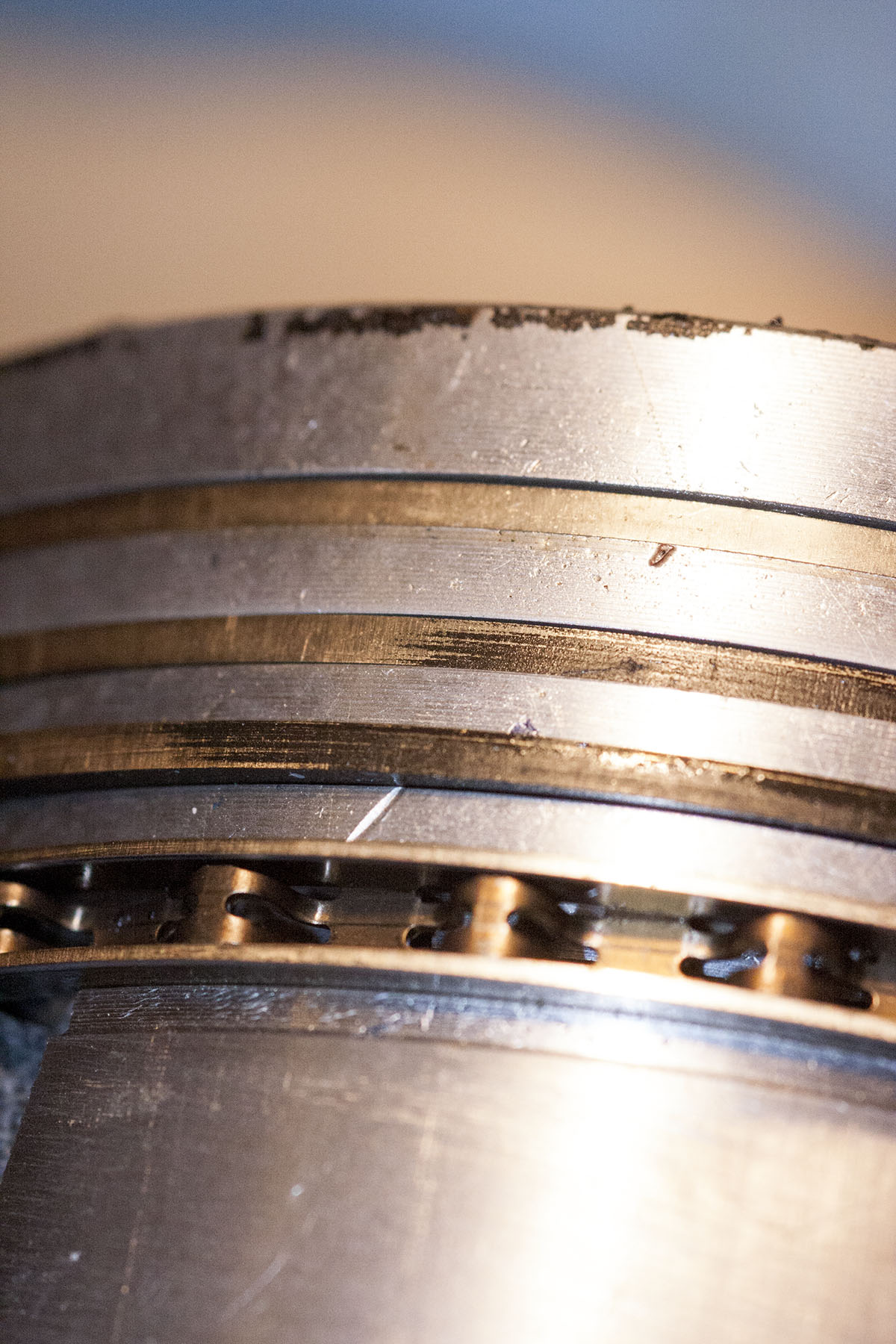 We saw it coming. The initial engine refurbishment was not perfect. All the machining was all fine. But the piston rings were never installed properly, which is why they never sealed correctly. The result was excessive old consumption and blue smoke from the exhaust. The main problem was that during the install we never checked for the piston ring gaps, thinking that if they are in one set, they should be ok. Next time we will check. On the picture the black carbon deposit on the side of the rings indicate the problem.
We saw it coming. The initial engine refurbishment was not perfect. All the machining was all fine. But the piston rings were never installed properly, which is why they never sealed correctly. The result was excessive old consumption and blue smoke from the exhaust. The main problem was that during the install we never checked for the piston ring gaps, thinking that if they are in one set, they should be ok. Next time we will check. On the picture the black carbon deposit on the side of the rings indicate the problem.
With the engine taken out we went to Peter van Giersbergen for advice. The damage was more severe than we anticipated and new pistons were needed. The quality of the pistons we put in during the first attempt was rather poor: a lot of variations in different dimensions. The newer pistons are now of better quality.
We also replaced the camshaft and the cam followers which we left in during the first revision attempt. Peter also balanced the flywheel and clutch to reduce possible engine vibrations. During the start up process of the engine we had difficulties getting oil pressure by cracking the engine on a starter. We finally solved that by priming the oil pump with new oil.
The re-refurbished engine now runs smooth without the all too familiar blue smoke. I cannot wait for the spring to arrive to we can take the MGA out for a drive.
Smoke screens on the dikes ...

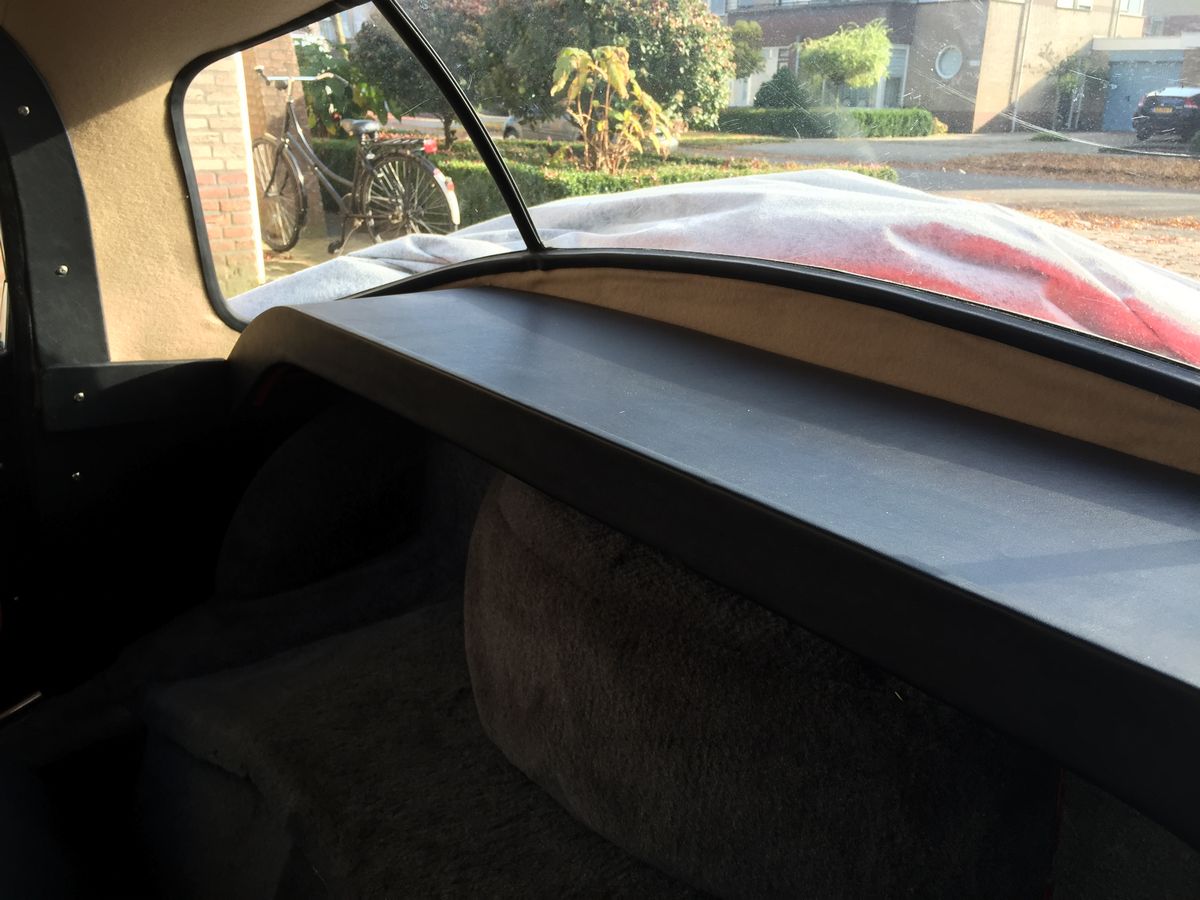
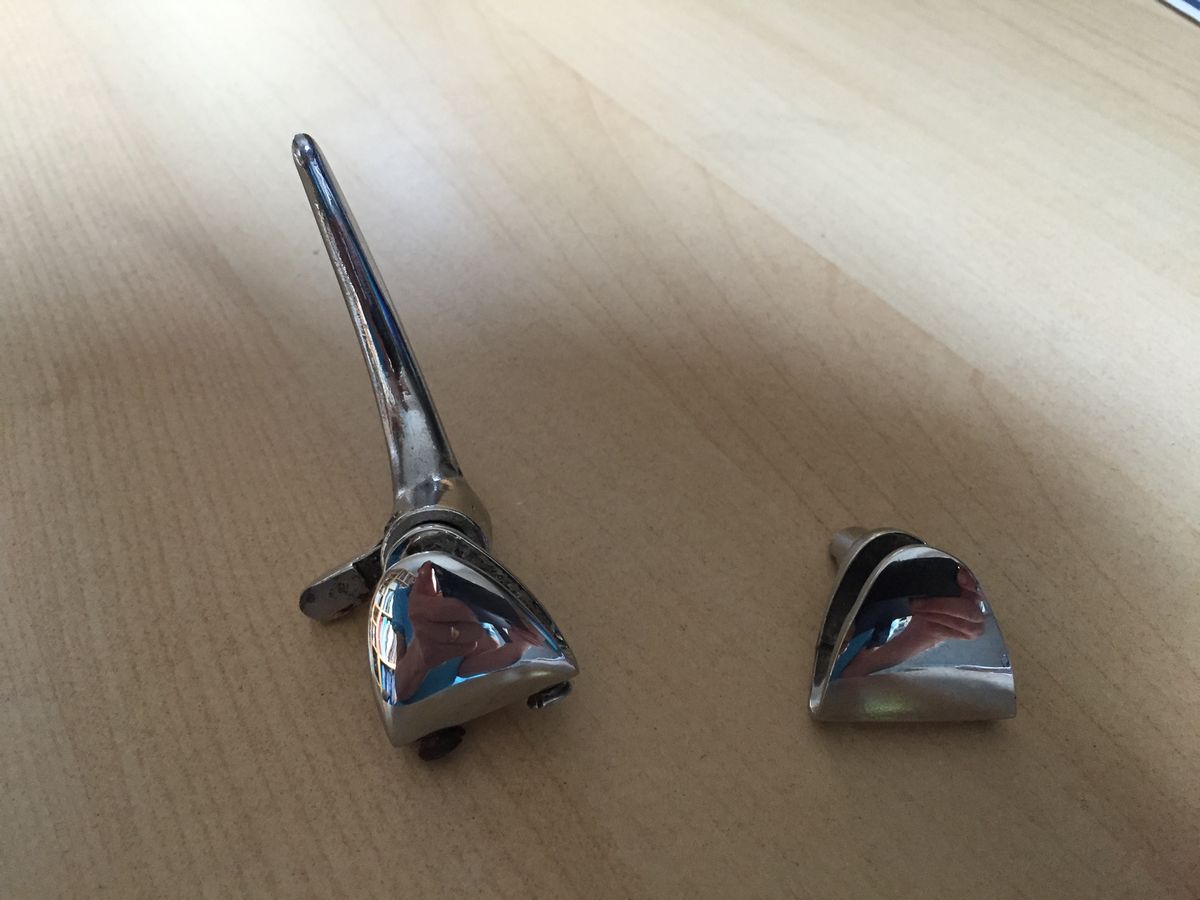
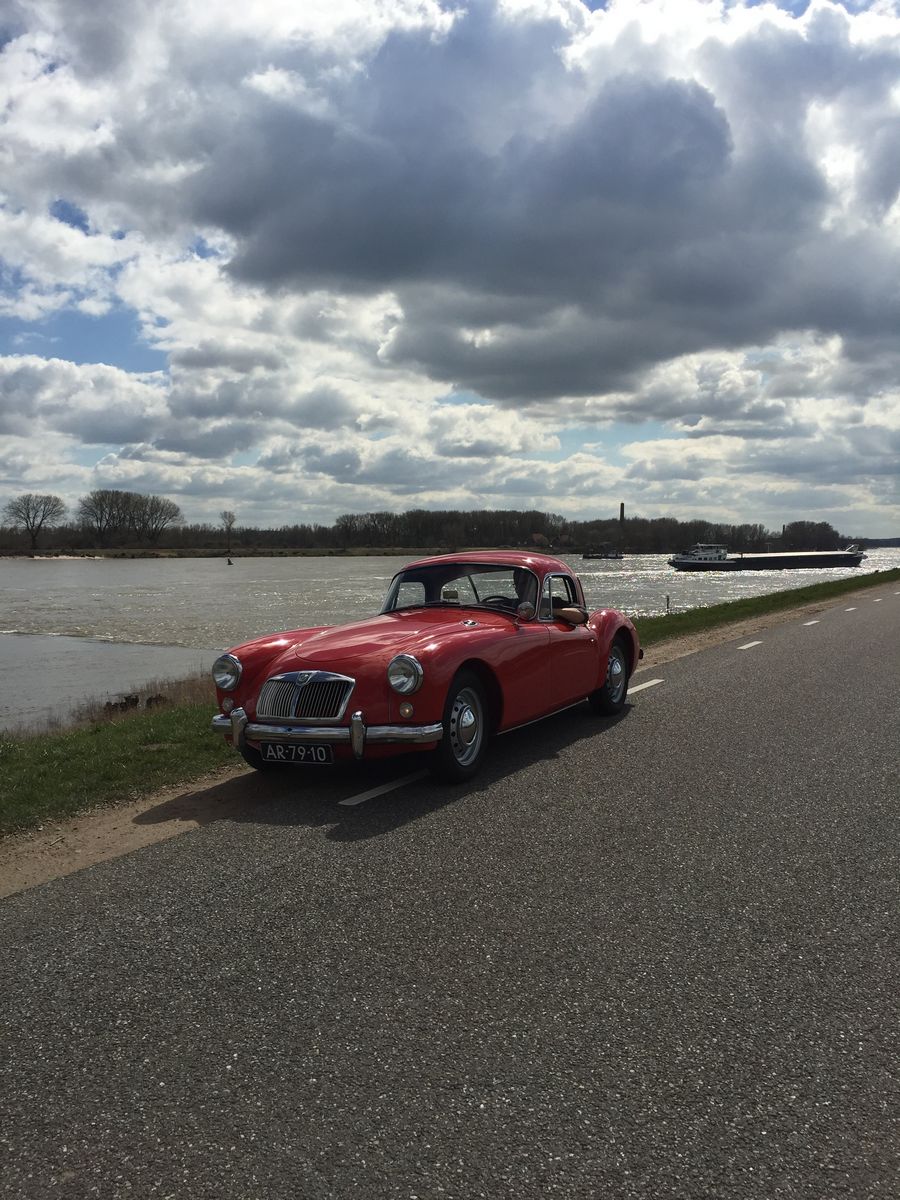
Another nice surprise we found out while taking the engine out was that the master brake cylinder was leaking. The brake fluid in the master brake cylinder contained black clouds and particles. A clear sign that some seals were slowly dissolving. Certainly the correct brake fluid is used. It looks like the quality of the seals was the main issues here. Brake fluid had also leaked onto the paint around the brake cylinder and so we had to repair some of the paintwork. This all thanks to this new master brake cylinder. Once the engine is back we will hopefully have better news. We will make an overview of the the mishaps. The least one can do with is to learn from them ...
The first 100-some miles ...


A couple of issue surfaced while putting on the first couple of miles. Noise in the diff turned out to be a bolt on the drive flange I forgot to tighten. Another problem was severe oil leakage at the front of the engine. Despite all the famous jokes about oil leaking British cars we needed to put an end to that and replaced the cover over the distribution along with a new felt seal, which solved the problem.
 In the meantime we put another 500 miles on the odometer and it is a real blast driving the MGA. The engine never stalled or even misfired. The only time it did not immediately start was when I forgot to switch on the ignition. Despite the fact that the engine runs smooth, it does burn a bit of oil, up to a point that is becomes annoying or at least embarrassing. Of all the things that still need attention this is definitely one of them. Other things that still need work is the interior. I put sound deathening and heath insulation in the car, which was not a bad thing in retrospect. Even with this insulation the tunnel right behind the engine becomes warm. The final carpet still needs to be installed, so that will make the drive in the MGA more comfortable and enjoyable.
In the meantime we put another 500 miles on the odometer and it is a real blast driving the MGA. The engine never stalled or even misfired. The only time it did not immediately start was when I forgot to switch on the ignition. Despite the fact that the engine runs smooth, it does burn a bit of oil, up to a point that is becomes annoying or at least embarrassing. Of all the things that still need attention this is definitely one of them. Other things that still need work is the interior. I put sound deathening and heath insulation in the car, which was not a bad thing in retrospect. Even with this insulation the tunnel right behind the engine becomes warm. The final carpet still needs to be installed, so that will make the drive in the MGA more comfortable and enjoyable.
 Apart from the carpet, the fitting of doors and windows I still need to install the parcel shell behind the seats. When we got the car it was missing and through the different forums we had little luck finding someone who could show an example. We will see: if nothing else we should be able to construct one just from photo's of a coupe on internet.
Apart from the carpet, the fitting of doors and windows I still need to install the parcel shell behind the seats. When we got the car it was missing and through the different forums we had little luck finding someone who could show an example. We will see: if nothing else we should be able to construct one just from photo's of a coupe on internet.
Roaring again ..
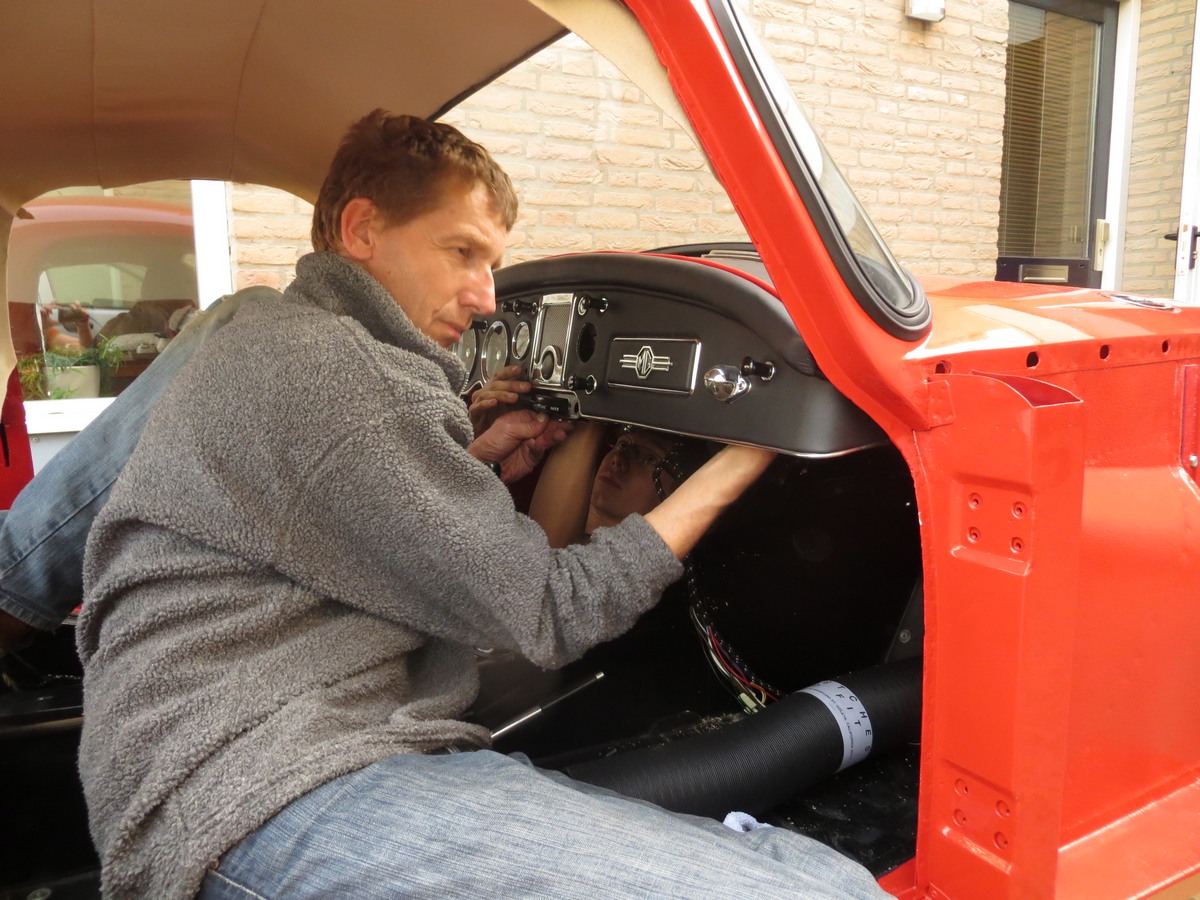
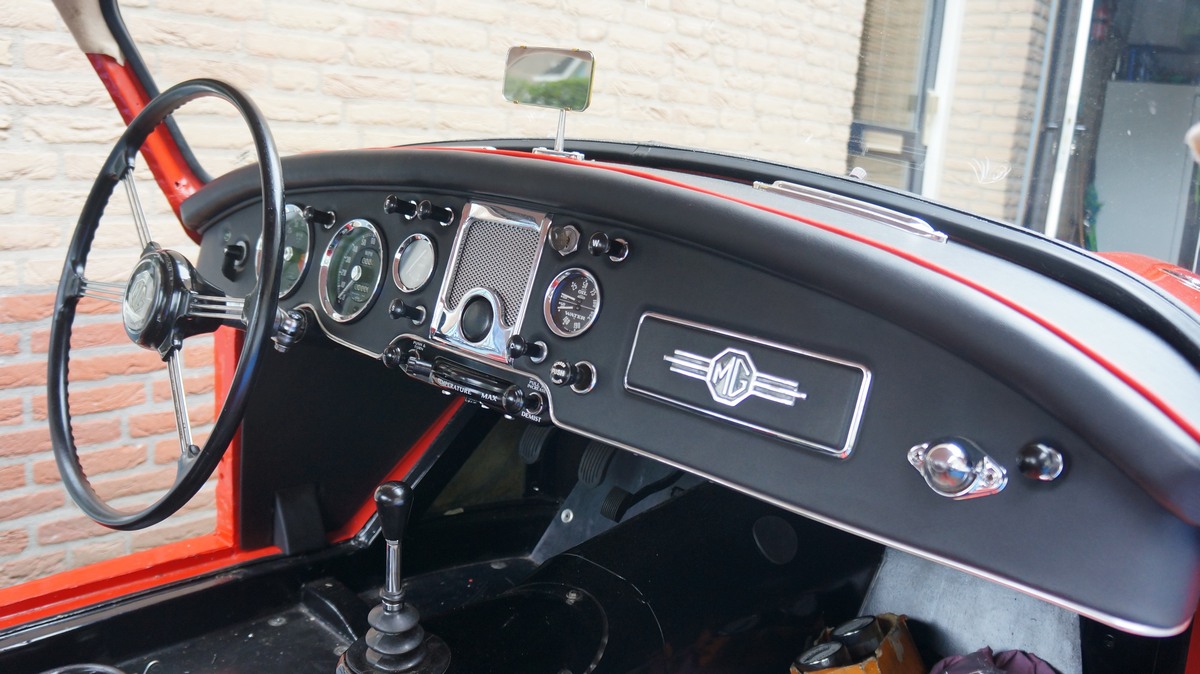

A couple of issues came out of this alpha test: The generator is not producing electricity, and the speedometer cable was broken. But all other systems performed well: gearbox, clutch, breaks and steering. We still have to fit the fenders, doors and finish the interior and then we can go for the license. We are getting close ...
News from the paint booth

 During the restoration we applied paint to avoid immediate rusting of the new sheet metal. To get a clean result this intermediate paint coats had to be removed. After that filler was applied to make the surface perfectly smooth before any colour paint can be applied. After many hours of sanding, another primer coat is applied to box in the filler.Now the application of the colour can start, but not after an undercoating is applied to avoid chipped paint once the car is in use. After that a the interior including boot and engine compartment was painted in the correct colour: Orient Red. This is not the original colour of the car, which is Island Green. But the Orient Red was considered a nicer one and now is the time to switch.
During the restoration we applied paint to avoid immediate rusting of the new sheet metal. To get a clean result this intermediate paint coats had to be removed. After that filler was applied to make the surface perfectly smooth before any colour paint can be applied. After many hours of sanding, another primer coat is applied to box in the filler.Now the application of the colour can start, but not after an undercoating is applied to avoid chipped paint once the car is in use. After that a the interior including boot and engine compartment was painted in the correct colour: Orient Red. This is not the original colour of the car, which is Island Green. But the Orient Red was considered a nicer one and now is the time to switch.
 With the painting of the inside of the car, the outside had to be masked with masking paper. Clearly this had to be reversed when painting the outside of the bodyshell. This was done in 2 layers: a colour coat and a clear coat. The result is absolutely great. We let the fresh paint sit for a couple of days before we hoisted the bodyshell and lowered it on the chassis. Another milestone, wouldn't you agree?
With the painting of the inside of the car, the outside had to be masked with masking paper. Clearly this had to be reversed when painting the outside of the bodyshell. This was done in 2 layers: a colour coat and a clear coat. The result is absolutely great. We let the fresh paint sit for a couple of days before we hoisted the bodyshell and lowered it on the chassis. Another milestone, wouldn't you agree?


